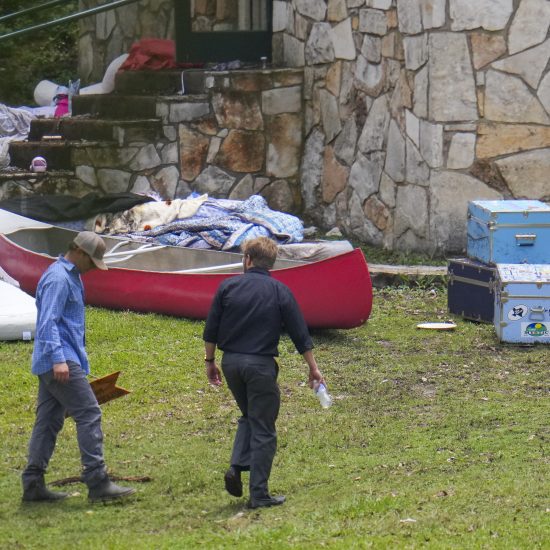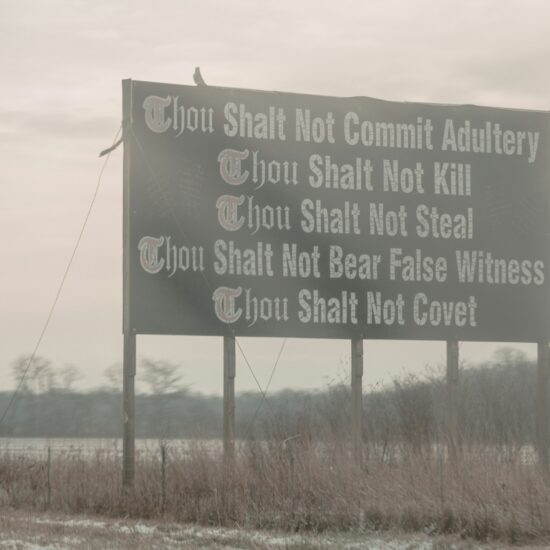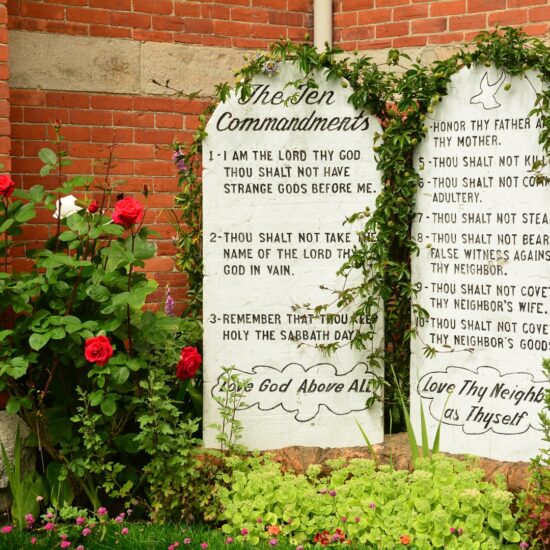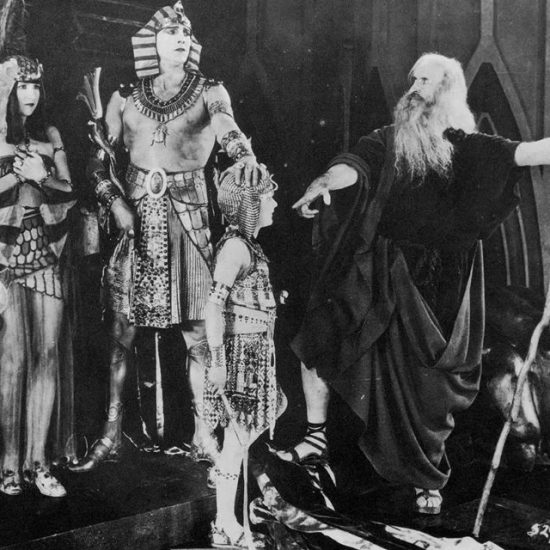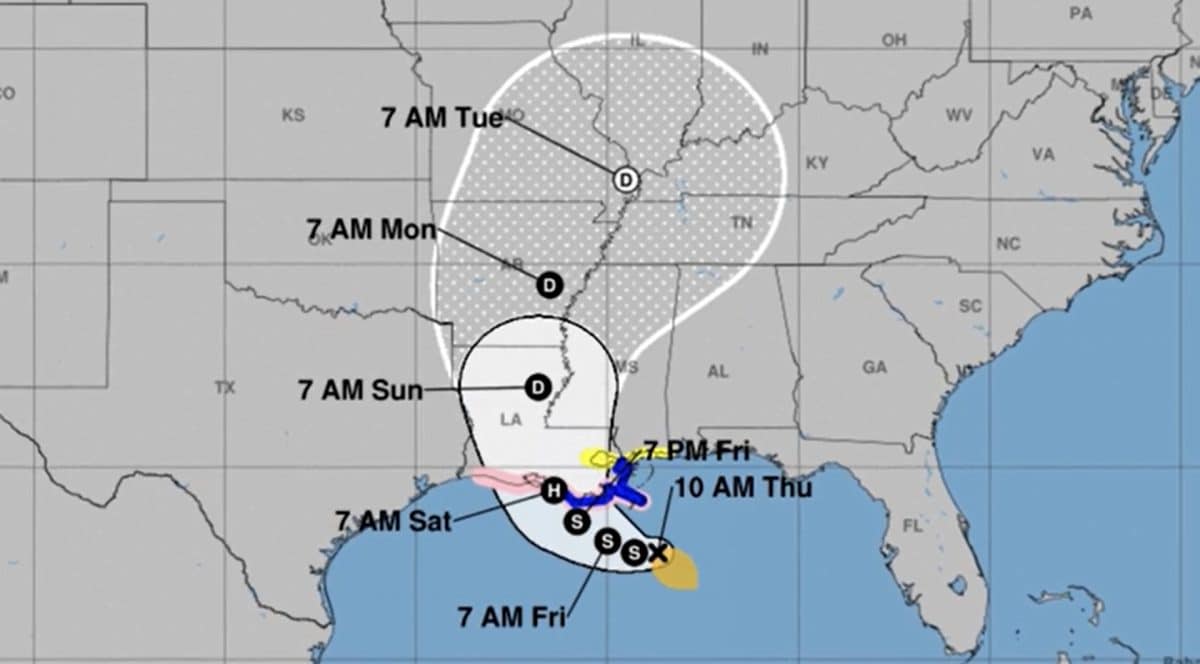
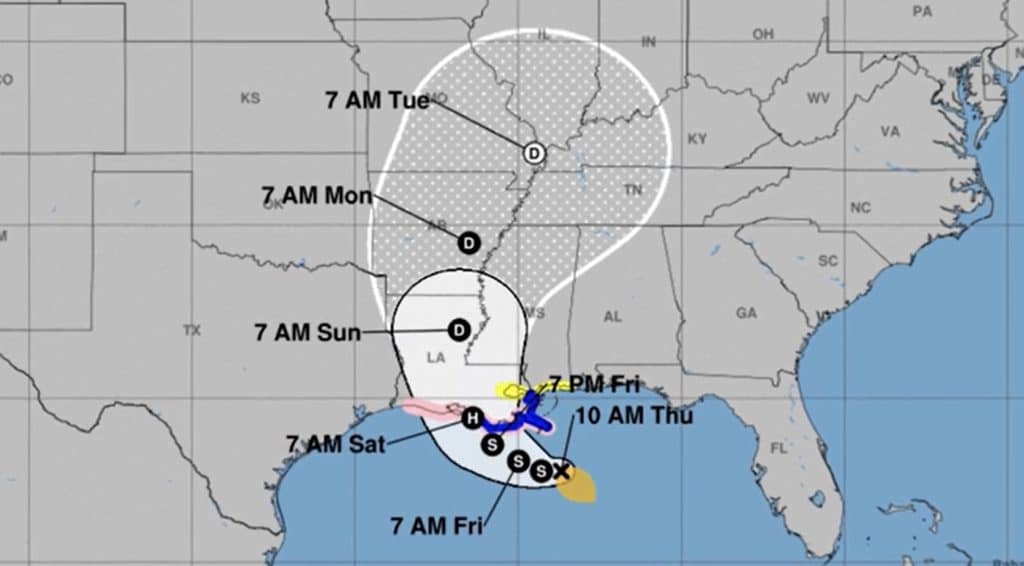
South Florida Sun Sentinel screen capture
NEW ORLEANS (BP) — Southern Baptist Disaster Relief is preparing an initial response if the tropical system currently in the Gulf of Mexico develops into Hurricane Barry overnight on Friday (July 12), but floodwaters already have started to rise in New Orleans.
“The water is almost as high as it can get within its banks at various points along the Mississippi River, and now they’re waiting to get 15 more inches of rain,” said Sam Porter, national SBDR director at the North American Mission Board.
Over the last several months, SBDR teams have been responding to flooding in the Midwest and the South. Much of that water has flowed south along the Mississippi River, causing the river to be above flood stage ahead of the incoming storm.
Meteorologists warn that the danger will be the potential of rain and storm surge combining to cause the river to hit maximum flood stage, which would overwhelm levees protecting New Orleans and lower Louisiana.
“It’s like the perfect storm that’s about to have its crescendo moment this weekend,” Porter said. “With the intense flooding north of Louisiana, we’ve had our eyes on how that flooding would eventually affect the state and New Orleans in particular.”
The storm has been slowly creeping toward land in recent days and is expected to make landfall Saturday on the Louisiana coastline, causing flooding into Mississippi as the storm drops rain on its journey inland.
SBDR leadership has begun putting together an initial response plan in case the worst-case scenario plays out, and Porter expects volunteers to step up despite a busy year in disaster relief.
“Even though they have been stretched up to exhaustion,” Porter said of SBDR volunteers, “God always seems to make a way to rally this amazing volunteer organization to become the hands and feet of our Lord to assist others who cannot help themselves.”
Alerts issued to volunteers
John Hebert, missions and ministry director for the Louisiana Baptist Convention who oversees disaster relief operations, said DR leaders have “assessed our resources and issued alerts to our trained personnel to prepare themselves and their mobile units.”
“In addition, we are ready to establish command centers, and our folks are maintaining a constant state of readiness — literally watching and praying.”
If the storm hits Louisiana, disaster relief volunteers will respond immediately, Hebert said. If it shifts course, he said “we are ready” to respond to requests for help from neighboring states.
Gibbie McMillan, Louisiana Baptist Disaster Relief coordinator, noted, “If they need food, the Red Cross calls and we respond. If flooding takes place, we wait till the water goes down and we help people get the debris out and dry out and rebuild. If there is a need for a shower unit or a generator, we can help. If a tree falls on a building, we can help remove it. We cannot do it all, but we respond as we’re able.”
The National Hurricane Center said at noon today (July 11) that Tropical Storm Barry was located about 100 miles south-southeast of the mouth of the Mississippi River. Landfall as a hurricane is projected by early Saturday along the Louisiana coast but may shift to the east over Mississippi.
Gov. John Bel Edwards declared a state of emergency Wednesday for Barry, the second named storm of the Atlantic hurricane season.
Rain accumulations of 10-15 inches are predicted for the central Gulf Coast region from Friday through early next week. However, portions of eastern Louisiana and southern Mississippi may experience isolated maximum rainfall of up to 20 inches.
In New Orleans a number of cars were submerged on city streets and some businesses experienced first floor flooding after up to 8 inches of rain fell in some areas Wednesday morning.
The city is closing all 244 floodgates to hold back the anticipated storm surge.
Evacuations were issued Thursday morning for all of the New Orleans-area Plaquemines Parish (mandatory for the entire East Bank and Oakville and Venice on the West Bank; voluntary for the rest of the West Bank) and parts of Jefferson Parish — Barataria, Crown Point, Jean Lafitte, Lafitte and Grand Isle.
Southern Baptist Disaster Relief is among the three largest providers of disaster relief assistance in the United States. Southern Baptist churches, associations and state conventions all partner to mobilize volunteers, resources and equipment to provide services. The North American Mission Board provides national coordination and assistance in larger multi-state responses.
This report was compiled from reporting by Brandon Elrod of the North American Mission Board and the staff of the Louisiana Baptist Message.

